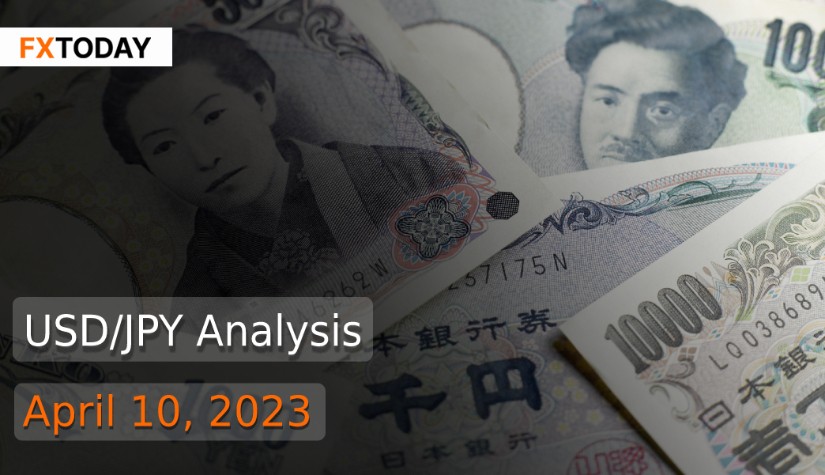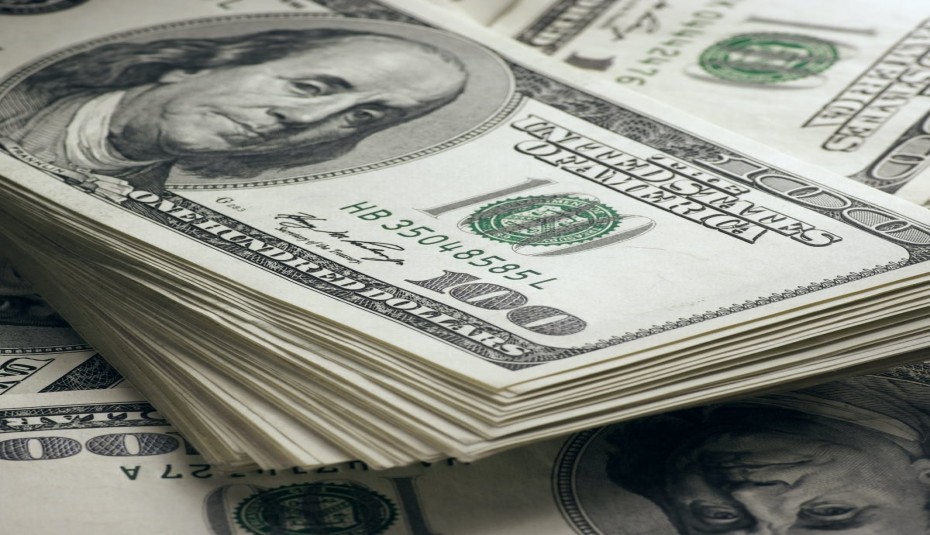Japanese economy remains stable
Kazuo Ueda, the new governor of the Bank of Japan, took office this morning, succeeding Haruhiko Kuroda, who oversaw ultra-accommodative monetary policy for more than a decade. The market will be watching Ueda's inaugural announcement for any future changes to the yield curve control (YCC) policy.
Japan's real wages declined for the 11th consecutive month in February, albeit the rate of decrease moderated due to government subsidies on energy expenses to combat inflation. While real wages declined 2.6% year on year in February after falling 4.1% in January, the largest drop in nearly nine years, nominal wages grew 1.1% year on year in February, better than January's 0.8% gain, with the workforce revised up 1.8%.
Yet, rising inflation or rising prices have damaged consumer confidence, resulting in Japan continuing to face concerns from the global economic recession, despite Japan's top corporations agreeing to end annual wage talks with the biggest wage raise of nearly 4% in three decades.
Former Bank of Japan deputy governor Hiroshi Nakaso told the Nikkei published on Sunday that the Bank of Japan may reconsider or abandon its bond yield control policy due to the impact on financial institutions' profit margins, which are constantly constricted. While Kuroda's stimulus package, or steps to reverse deflation, failed to fulfill the central bank's 2% price objective on a sustained basis, inflation expectations among individuals and businesses remained low.
Japan's current account surplus in February was 2.1972 trillion yen ($16.59 billion), less than the expected 2.5357 trillion yen, as the yen fell and interest rates rose globally, driving the main income from investing in foreign securities to a record increase after a deficit of 1.9893 trillion yen in January due to the impact of the Lunar New Year holidays. This demonstrates Japan's reliance on foreign money rather than domestic sales of goods and services, despite the fact that concerns about the country's low purchasing power have subsided.
An income account surplus of 3.4407 trillion yen, on the other hand, helped offset a trade deficit of 604.1 billion yen. Japan's imports are likely to fall due to a weak yen and higher commodity prices, resulting in a smaller trade deficit. Although the overall trade balance will continue to put pressure on Japan's economy, which is dependent on fuel and raw material imports, there will be a decline in exports due to the shift of manufacturing bases to foreign countries. Meanwhile, a recovery in the tourist sector is predicted to help reduce the deficit in the services sector, resulting in a progressive current account surplus.
On the other side, the dollar-yen pair is trending slightly higher in this period as US employment data remained solid, suggesting that the Fed may raise interest rates again in the future. While elements supporting inflation in the United States began to show signs of being constrained during this period, such as a fall in the number of open jobs and a lower-than-expected increase in the average hourly wage rate.
Data for Technical Analysis (5H) CFD USD/JPY
Resistance : 132.75, 132.97, 133.31
Support : 132.07, 131.85, 131.51
5H Outlook
Source: Investing.com
Buy/Long 1 If the support at the price range 132.02 – 132.07 is touched, but the support at 132.07 cannot be broken, the TP may be set around 132.85 and the SL around 131.97, or up to the risk appetite.
Buy/Long 2 If the resistance can be broken at the price range of 132.75 – 132.80, TP may be set around 132.75 and SL around 131.35, or up to the risk appetite.
Sell/Short 1 If the resistance at the price range 132.75 – 132.80 is touched, but the resistance at 132.80 cannot be broken, the TP may be set around 133.15 and the SL around 132.02, or up to the risk appetite.
Sell/Short 2 If the support can be broken at the price range of 132.02 – 132.07, TP may be set around 131.75 and SL around 132.80, or up to the risk appetite.
Pivot Points Apr 10, 2023 03:46AM GMT
| Name | S3 | S2 | S1 | Pivot Points | R1 | R2 | R3 |
|---|---|---|---|---|---|---|---|
| Classic | 131.19 | 131.51 | 132.08 | 132.41 | 132.98 | 133.31 | 133.88 |
| Fibonacci | 131.51 | 131.85 | 132.07 | 132.41 | 132.75 | 132.97 | 133.31 |
| Camarilla | 132.40 | 132.48 | 132.56 | 132.41 | 132.73 | 132.81 | 132.89 |
| Woodie's | 131.31 | 131.57 | 132.20 | 132.47 | 133.10 | 133.37 | 134.00 |
| DeMark's | - | - | 132.24 | 132.49 | 133.14 | - | - |
Sources: Investing 1, Investing 2
Maximize your knowledge: Blog
















